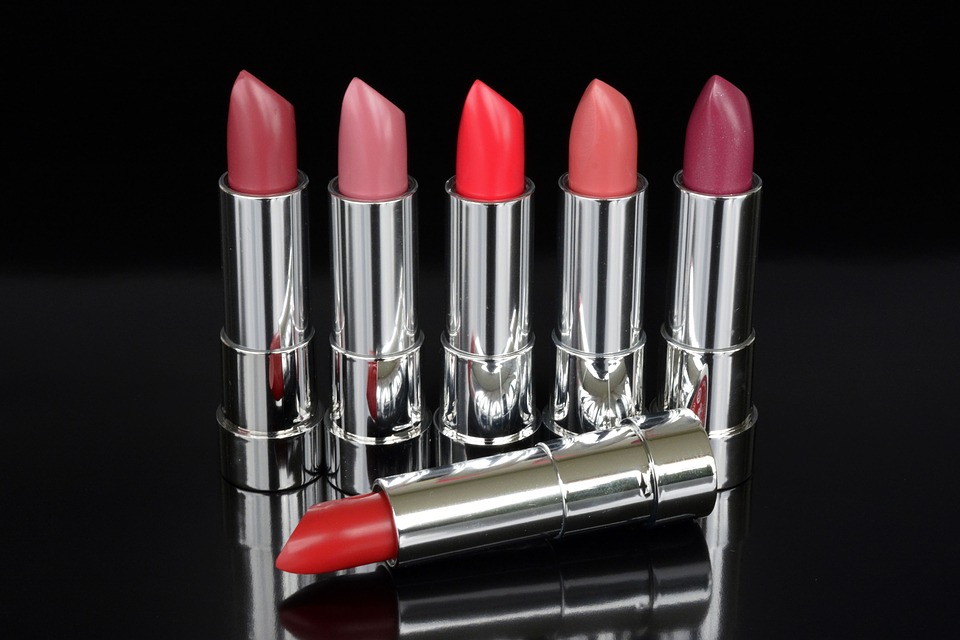

As per the report furnished by Market Research Future (MRFR), the global halal cosmetics market size will be expanding at a striking rate of 13.40% over the forecast period (2018–2023), backed by the growing momentum and subsequent demand of halal cosmetics over the past couple of years.
Growth Factors and Barriers
Halal cosmetics are manufactured by making use of only those ingredients that are permissible as per the Islamic Sharia law. Halal products do not contain anything associated with any human parts or any kind of material that is derived from it. It is also free of any ingredient that has been derived from animals, as it is prohibited by Islamic law. Furthermore, halal cosmetics are also free of ingredients that come from animals that were slaughtered in a non-halal way. Numerous consumers are more than ready to pay a premium for these products as their religious beliefs are given due consideration.
Besides, the Halal Cosmetics Market is largely driven by an increasing Muslim population that accounts for over a fifth of the global population at present. Also, as the younger generation is turning into more conscious consumers, the total spending on halal cosmetics is on a rise. The market also benefits from the increasing range of halal cosmetics in recent years. In previous times, the use of halal cosmetics was limited to just Muslim women, however, catalyzed by the massive demand of these products, more manufacturers are now increasing their range of products. Currently, a vast range of items is being offered by halal certified cosmetic manufacturers, which include toners, perfumes, shampoos, lipstick, soaps, lotions, shower gels, powders, etc.
As halal beauty products symbolize cleanliness, hygiene, safety, and animal byproduct-free products, with great stress upon cleanliness during packaging, manufacturing, and storage, the market rings in phenomenal revenue per year. This factor also drives the demand in a number of Non-Muslim countries as well. The market has also been propelled by factors like the rising penetration of e-commerce as well as social media. The online market is progressively playing a stellar role in the growth of the halal cosmetics market. Manufacturers are also riding high on the growing popularity of these products by increasingly making use of social media platforms like YouTube, Facebook, Instagram, WhatsApp, etc. in a bid to attract consumers.
Competitive Landscape
The key competitors in the halal cosmetics market include PHB Ethical Beauty, Iba Halal Care, Mena Cosmetics, Martha Tilar Group, Paragon Technology and Innovation, SaafSkinCare, Ivy Beauty Corporation Sdn Bhd., Wardah Cosmetics, Clara International, Inika, Brataco Group of Companies, One Pure, Amara Cosmetics, Halal Cosmetics Company, Talent Cosmetics Ltd., Wipro Unza, Sampure Minerals, MMA Bio Lab Sdn Bhd. and others.
Request a Free Sample Copy @ https://www.marketresearchfuture.com/sample_request/6665
Market Segmentation
The global halal cosmetics market is segmented on the basis of product type and distribution channel.
Product–wise, the global halal cosmetics market is fragmented into skin care, hair care, color cosmetics, multifunctional, as well as others.
The distribution channels in the global halal cosmetics market are store-based and non-store-based.
Regional Analysis
The key markets for halal cosmetics are Europe, North America, Asia Pacific, and the Rest of the World (RoW).
The North America halal cosmetics market is considerably huge, being driven by the strong presence of numerous cosmetics companies who are continuously foraying into the halal cosmetics space. Moreover, high disposable income followed by substantial demand for halal cosmetics owing to the growing popularity is set to elevate the market position in the region.
The status of Asia Pacific market is set to be much higher in the coming years, growing at the fastest rate at a global platform. The main reason for the staggering growth rate of the regional market is the growing Muslim population across countries like Malaysia, South Korea, Indonesia, Singapore, and Thailand. Also, the untapped markets provide abundant opportunities for market growth in the region.
Europe is making similar strides, accumulating a significant market share in the global market. The expansion of the market size can be exclusively accredited to the strong presence of several top-notch cosmetic companies in the region. Furthermore, animal testing for beauty-care products is banned in the region, creating a conducive environment for the halal cosmetics market growth.
The Rest of the World is also noted to fare well in forthcoming years, particularly in the Middle East market backed by the presence of Muslim-dominated population and their preference for halal cosmetics.
As the world economy struggles to recover from the pandemic, the vaccination drive spells hope…
UAE based companies and agencies have no option but to penetrate new markets more effectively…
Latest Report on Global Sodium Chloride Injection including Market Landscape, and Market size, Revenues by…
Latest Report on Global Varicose Vein Treatment Devices including Market Landscape, and Market size, Revenues…
Latest Report on Global Colorectal Cancer Therapeutics Market including Market Landscape, and Market size, Revenues by players,…
To celebrate World Poetry Day, International Schools Partnership (ISP) has launched a student Poetry Contest…